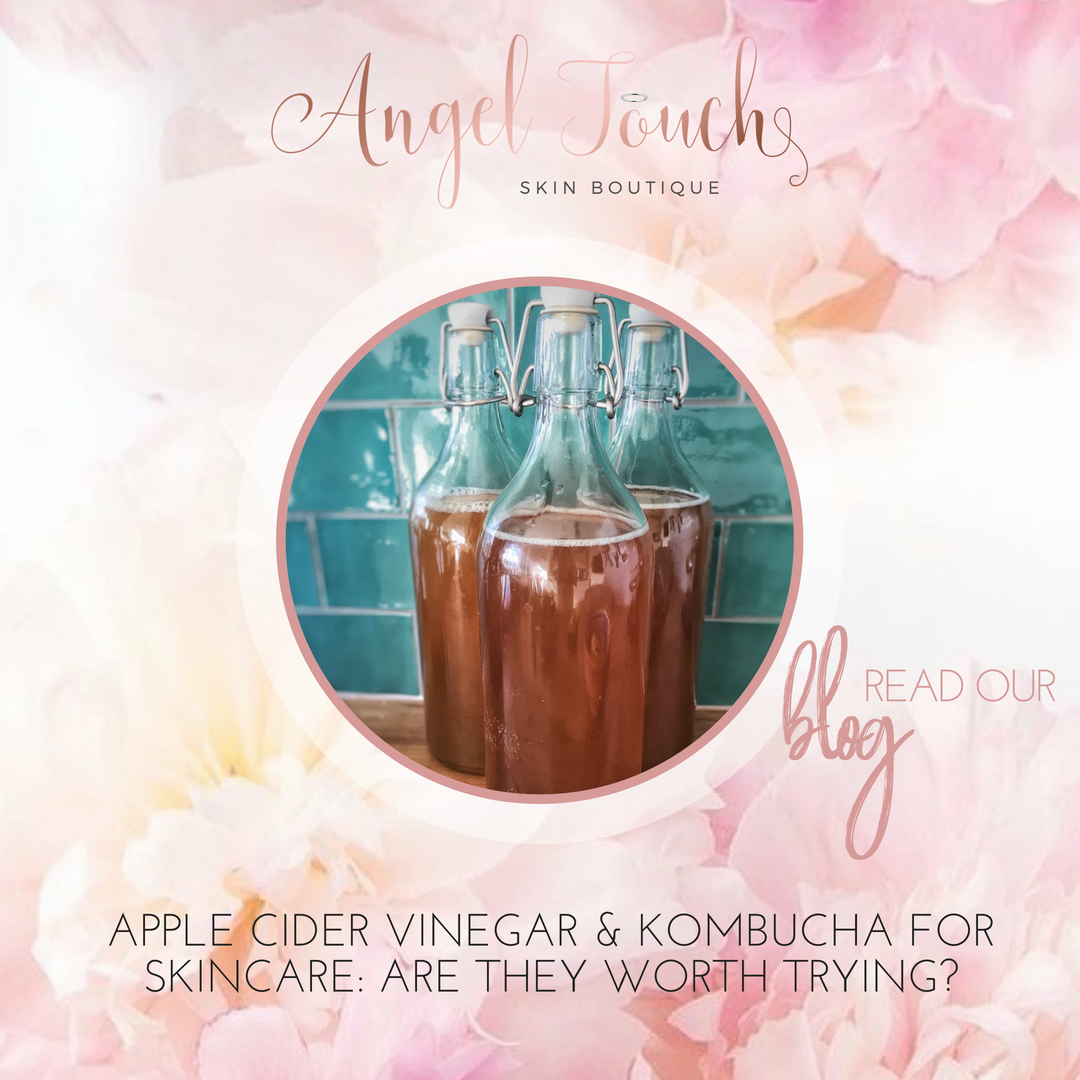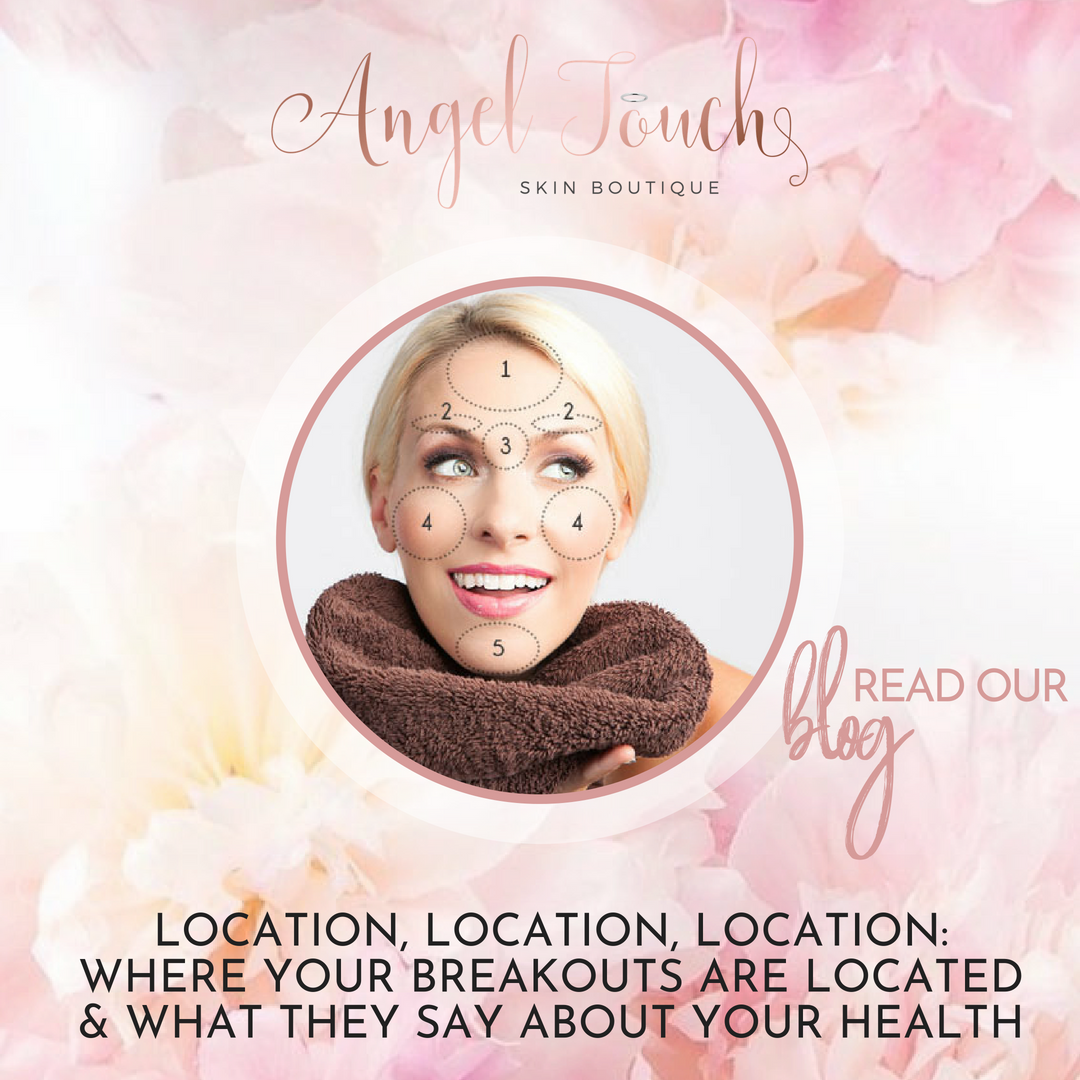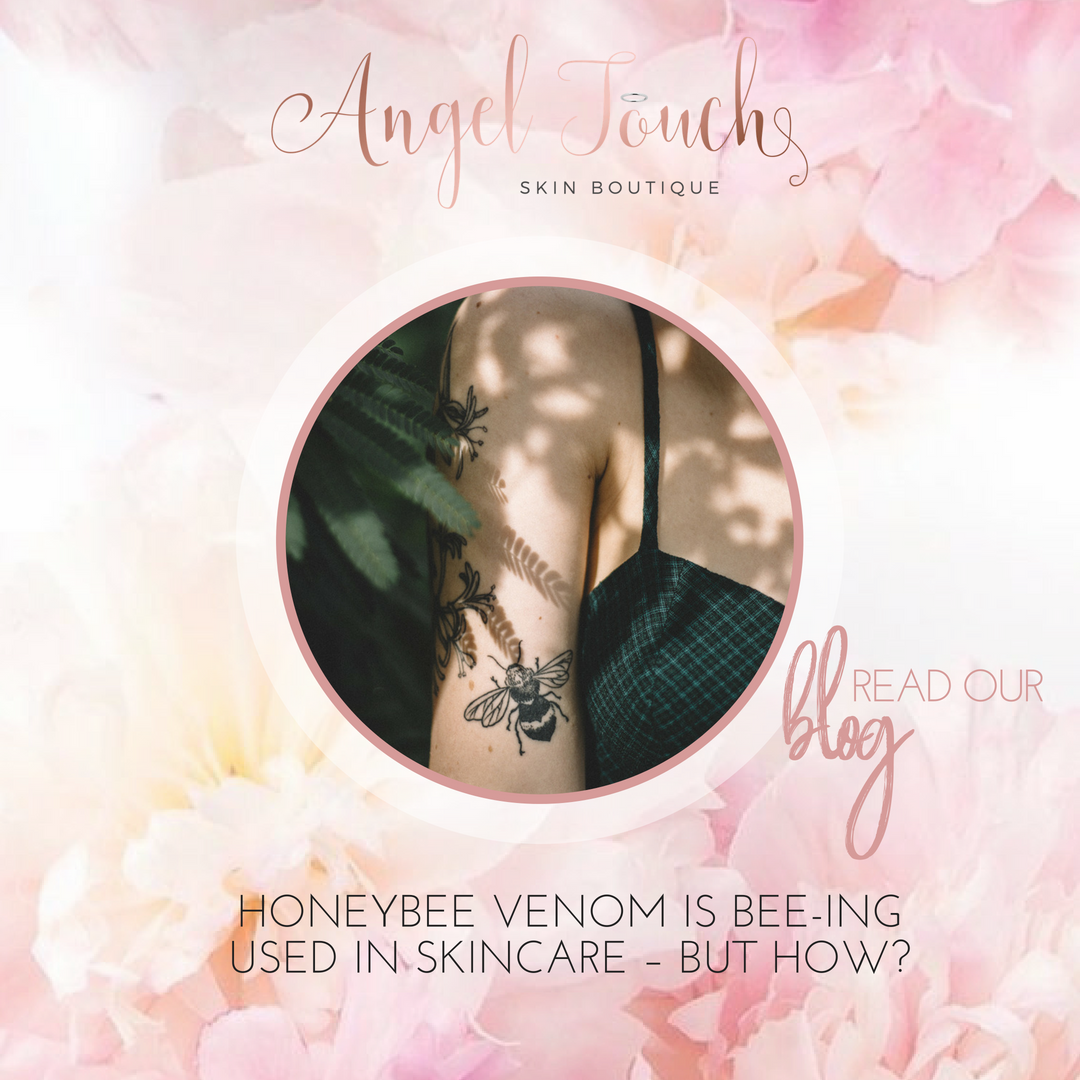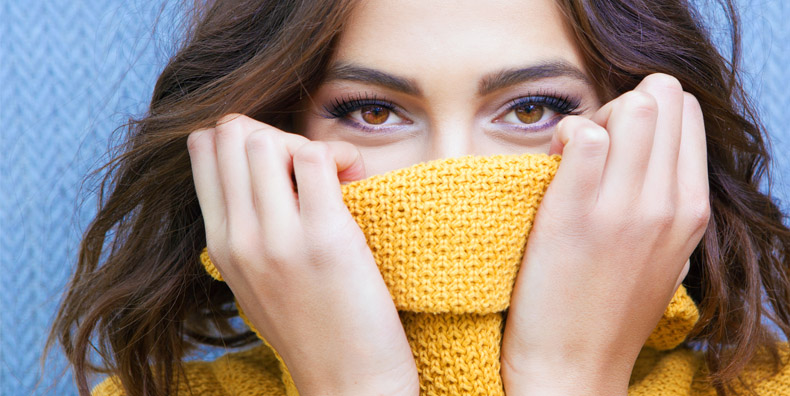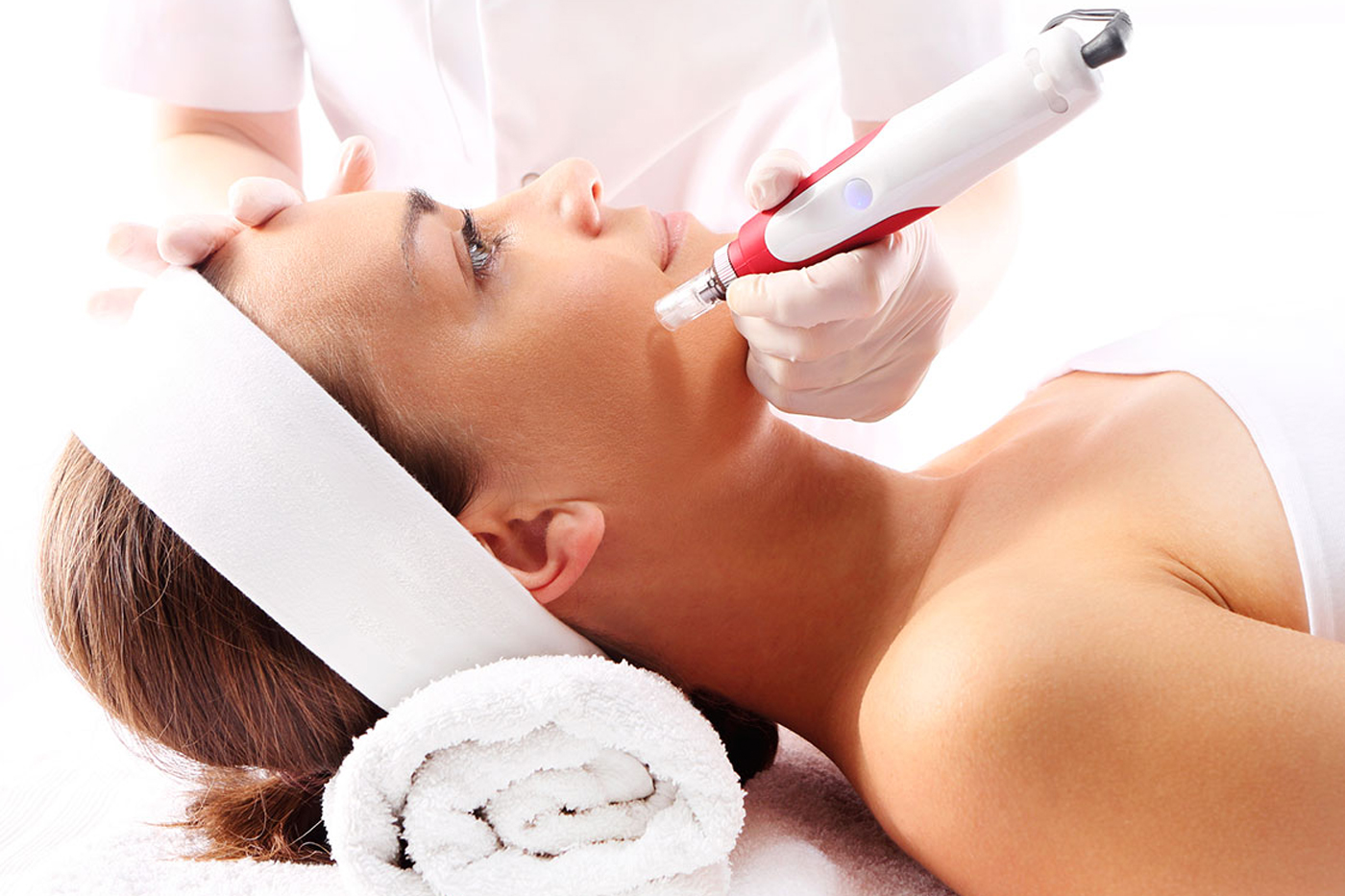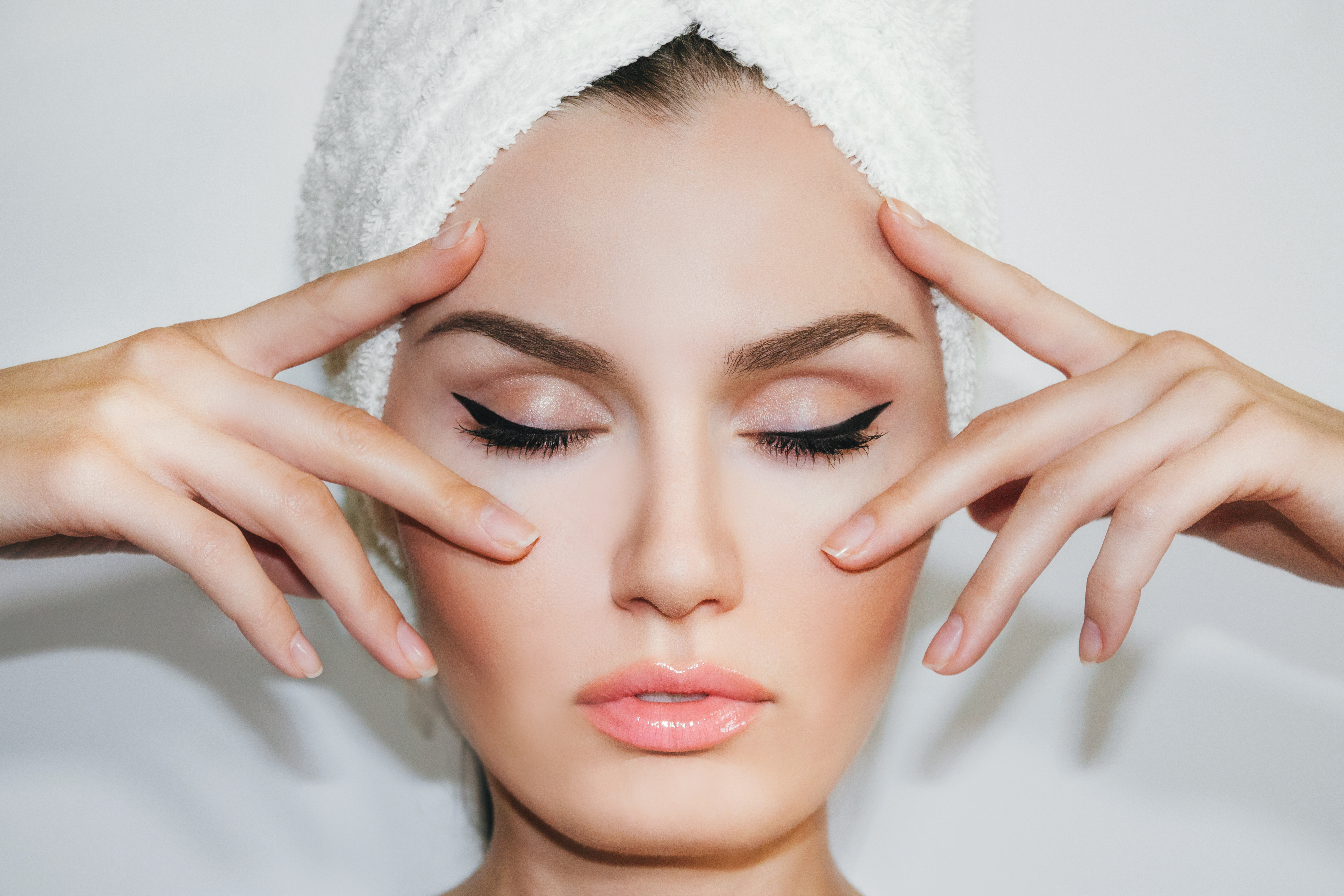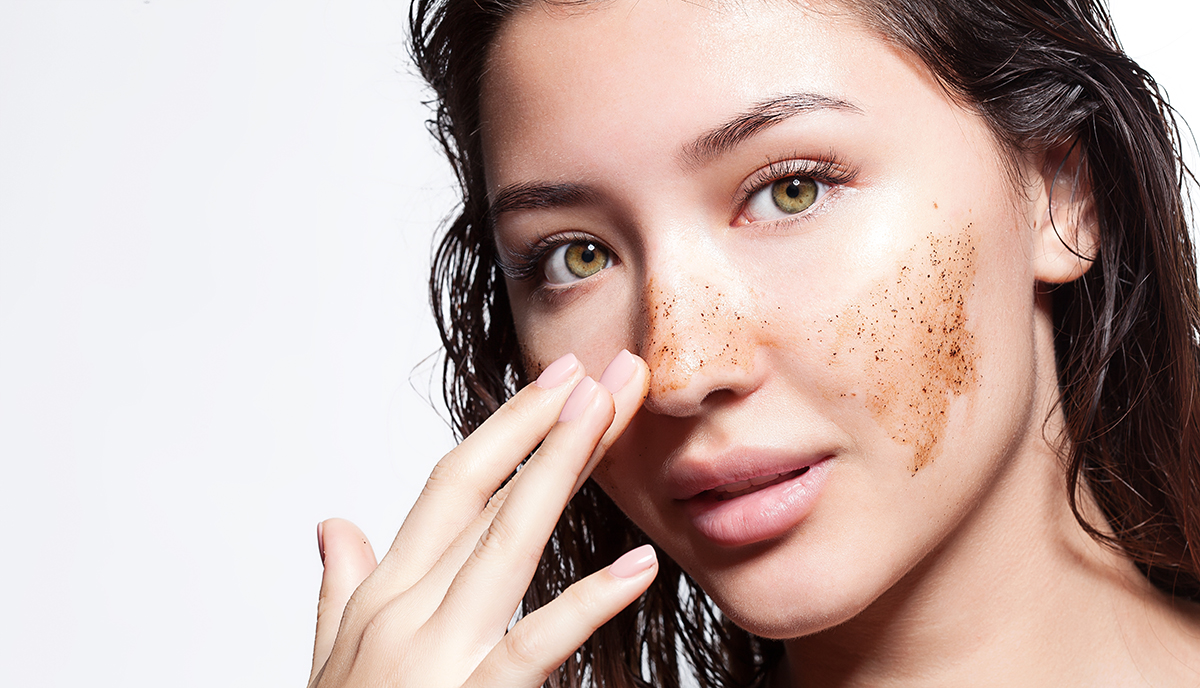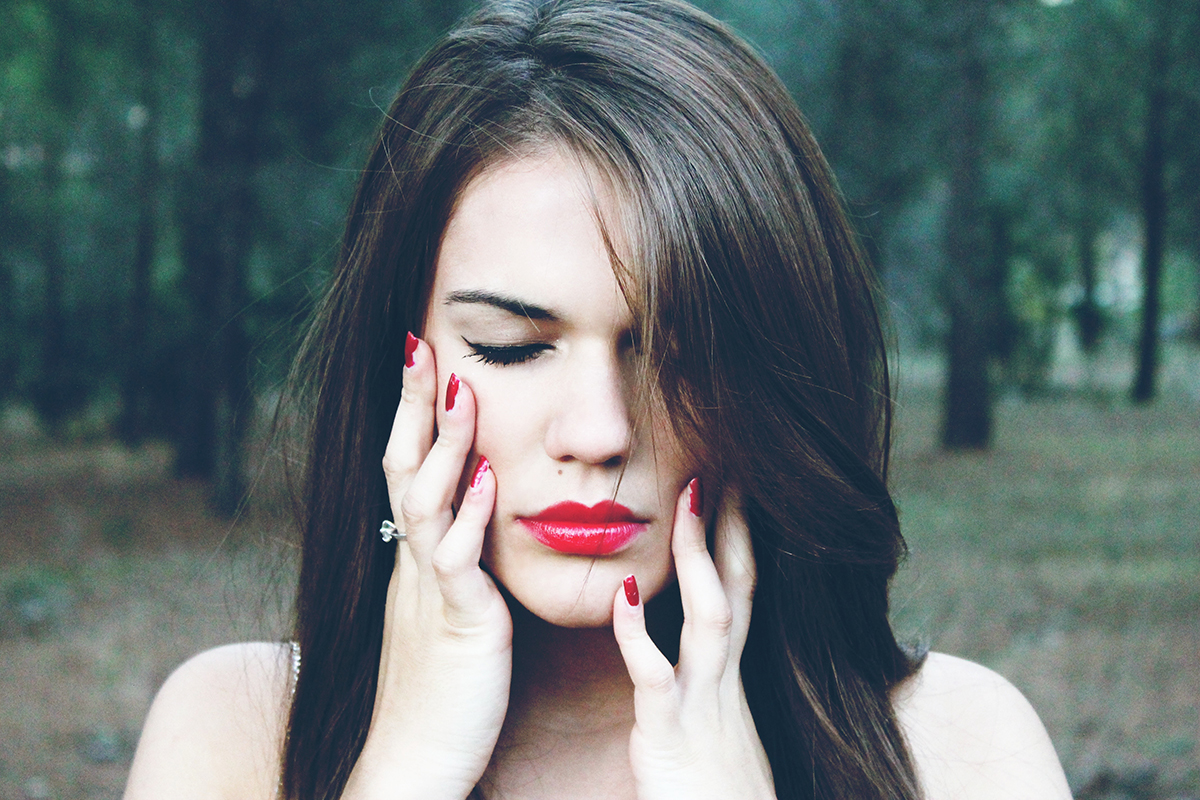Apple Cider Vinegar & Kombucha for Skincare: Are They Worth Trying?
Most of us aim to stay up-to-date with the latest and greatest trends in skincare, but sometimes it can be difficult to keep up. Once you hear the buzz about a new product, there are a variety of factors to consider. What are the actual benefits? How do I know what’s fact or fiction? And most importantly: Is it truly right for me? So let’s dive right in and talk about two of the latest hot topics in skincare: the wonderful world of apple cider vinegar and kombucha. We’ll start by tackling the basics — what exactly these products are, where they originated, and how they are made. Next, we’ll get into the stuff you’re really looking for: the variety
Read More


